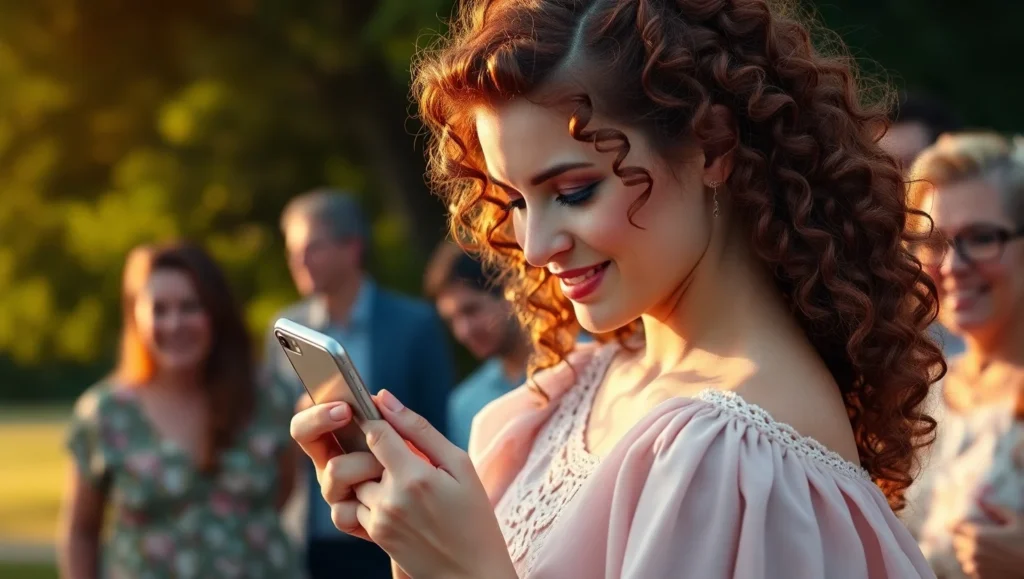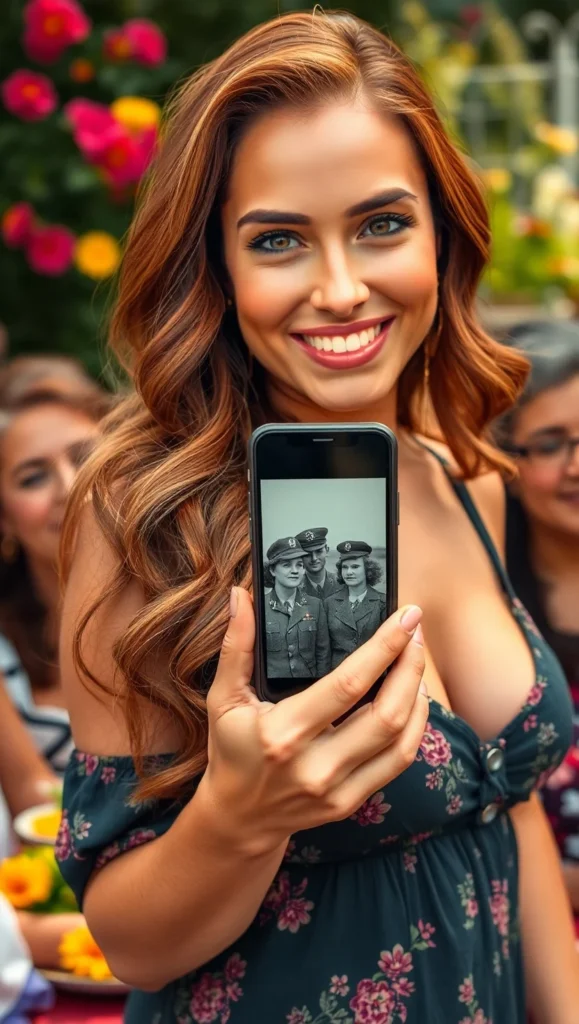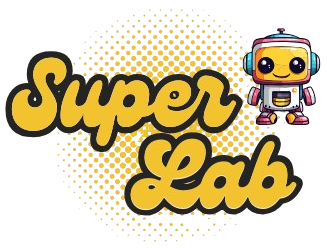Table of Contents
Introduction
Why AI Photo Restoration Is Perfect for Genealogists: Imagine holding a faded photograph of your great-grandparents, their faces barely discernible through the wear and tear of time. For genealogists and family historians, such images are invaluable treasures, offering a glimpse into the past. But what if you could restore these precious memories to their former glory? Enter AI photo restoration—a revolutionary tool that is transforming the way we preserve our family histories. In this article, we’ll explore why AI photo restoration is a game-changer for genealogists and family historians, delving into its benefits, how it works, and real-life applications.

The Magic Behind AI Photo Restoration
AI photo restoration leverages advanced algorithms to repair and enhance old photographs, breathing new life into them. But how exactly does this technology work?
Understanding the Technology
AI photo restoration uses machine learning models trained on vast datasets of images. These models learn to identify and correct common issues found in old photographs, such as:
- Fading and Discoloration: AI can adjust color balance and contrast to restore the original hues.
- Scratches and Tears: Algorithms can fill in missing parts of an image, seamlessly blending repairs with the surrounding areas.
- Noise Reduction: AI can remove graininess and improve clarity, making details more visible.
- Why AI Photo Restoration Is Perfect for Genealogists.
The Process
The restoration process typically involves scanning the original photograph and uploading it to a software platform. The AI then analyzes the image, applies corrections, and presents a restored version. This process is not only efficient but also accessible to those without technical expertise.

Why Genealogists and Family Historians Love AI Photo Restoration
Genealogists and family historians are passionate about preserving the past, and AI photo restoration offers several compelling advantages.
Preserving Family Legacies
Photographs are more than just images; they are stories captured in time. Restoring these images helps preserve family legacies for future generations.
- Emotional Connection: Seeing a clear image of an ancestor can create a profound emotional connection, making history feel more tangible.
- Cultural Heritage: Restored photos can highlight cultural attire, architecture, and traditions, offering insights into a family’s heritage.
- Why AI Photo Restoration Is Perfect for Genealogists.
Enhancing Research
For genealogists, every detail matters. AI photo restoration can reveal hidden details that might be crucial for research.
- Identifying Individuals: Clearer images can help identify individuals in group photos, aiding in constructing family trees.
- Deciphering Backgrounds: Enhanced backgrounds can provide context, such as location or event, offering clues for further investigation.
- Why AI Photo Restoration Is Perfect for Genealogists.

Real-Life Applications and Success Stories
AI photo restoration is not just a theoretical concept; it has practical applications that have already made a significant impact.
Case Study: The Smith Family Album
The Smith family had a collection of photographs dating back to the early 1900s. Many of these images were severely damaged, with faces obscured by scratches and discoloration. Using AI photo restoration, they were able to restore these images, revealing the faces of ancestors they had never seen clearly before. This not only enriched their family history but also brought the family closer together as they shared stories and memories.
Community Projects
AI photo restoration is also being used in community projects to preserve local history. Libraries and historical societies are using this technology to restore photographs of historical events and figures, making them accessible to the public.

Conclusion: AI photo restoration
AI photo restoration is a powerful tool for genealogists and family historians, offering a way to preserve and enhance precious memories. By restoring old photographs, we can connect with our past in a meaningful way, ensuring that our family stories are not lost to time. Whether you’re a seasoned genealogist or just starting your family history journey, consider exploring AI photo restoration to bring your family history to life.
“Every photograph is a story waiting to be told. With AI photo restoration, we can ensure these stories are heard loud and clear.”
As you embark on your journey to uncover your family’s past, remember that technology is here to help. Embrace the possibilities of AI photo restoration and watch as your family history comes alive before your eyes.
Frequently Asked Questions (FAQ’s) About Why AI Photo Restoration Is Perfect for Genealogists
What is AI photo restoration?
AI photo restoration uses machine‑learning algorithms trained on large image datasets to automatically detect and repair common issues in old photographs—fading, scratches, tears, discoloration, noise—and enhance clarity and color. Why AI Photo Restoration Is Perfect for Genealogists.
Why is AI restoration better than manual retouching?
AI is faster, often fully automated, and doesn’t require expert Photoshop skills. It can process batches of images consistently and recover details even in severely degraded photos. Why AI Photo Restoration Is Perfect for Genealogists.
How does AI handle fading and discoloration?
Through color‑balance models and learned mappings from grayscale or faded input to vibrant, realistic hues, the AI estimates missing color information and adjusts contrast to restore original tones. Why AI Photo Restoration Is Perfect for Genealogists.
Can AI remove physical damage like scratches and tears?
Yes—neural networks identify damaged regions and “inpaint” them by borrowing patterns from surrounding pixels, seamlessly filling gaps without visible seams. Why AI Photo Restoration Is Perfect for Genealogists.
What about grainy or noisy photos?
Noise‑reduction algorithms distinguish between real edges and film grain or sensor noise, smoothing out unwanted artifacts while preserving important details. Why AI Photo Restoration Is Perfect for Genealogists.

Is specialized hardware required to run AI restoration?
No—most modern desktop or laptop computers can run consumer‑grade AI restoration software. Some cloud‑based services handle all processing remotely, requiring only an internet connection. Why AI Photo Restoration Is Perfect for Genealogists.
How do I get started?
Scan your photo at high resolution (300–600 dpi).
Upload it to an AI restoration platform (desktop app or online service).
Let the AI process and preview.
Download the restored result.
Why AI Photo Restoration Is Perfect for Genealogists.
Do I need technical expertise?
Not usually. Many tools offer one‑click restoration. Advanced users can tweak settings (strength of colorization, level of detail) for fine control. Why AI Photo Restoration Is Perfect for Genealogists.
Will AI change the historical accuracy of my photos?
AI aims to restore, not alter, original content. However, colorization is an estimation—use it as a guide rather than a definitive record. Always keep originals and document any creative adjustments. Why AI Photo Restoration Is Perfect for Genealogists.
How much does it cost?
Costs vary: some desktop apps offer one‑time licenses (~$50–$100), while cloud services charge per image or via subscription (often $10–$30/month). Why AI Photo Restoration Is Perfect for Genealogists.

Can I batch‑process multiple photos?
Yes—most AI tools support batch jobs. You can queue dozens or hundreds of images and let them run overnight. Why AI Photo Restoration Is Perfect for Genealogists.
What file formats are supported?
Common formats like JPEG, PNG, TIFF, and BMP. For archive quality, TIFF is preferred since it’s lossless. Why AI Photo Restoration Is Perfect for Genealogists.
How long does AI photo restoration take?
Simple fixes can finish in seconds; high‑resolution batch jobs may take minutes per image, depending on hardware and service speed. Why AI Photo Restoration Is Perfect for Genealogists.
Will AI reveal new details in my photos?
Often yes—restored contrast and clarity can expose facial features, background objects, or inscriptions previously hidden by damage. Why AI Photo Restoration Is Perfect for Genealogists.
Can AI help identify people in group photos?
By making faces clearer, AI restoration aids human recognition and can improve results when used in tandem with AI face‑tagging tools. Why AI Photo Restoration Is Perfect for Genealogists.

Is privacy a concern when using cloud‑based services?
Be sure to read the service’s privacy policy. Look for options to delete your images after processing or use local (offline) software if data security is paramount.
Can restored photos be misused?
Like any image, they can be edited further. Maintain provenance by saving original scans and noting which version was AI‑restored.
What are typical use cases for genealogists?
Reviving ancestor portraits for family trees
Clarifying inscriptions on tombstones or artifacts
Preparing museum‑quality prints for family exhibits
Are there real‑world success stories?
Yes—for example, one family restored early‑1900s portraits, unveiling great‑grandparents’ features for the first time, and another local history project revived century‑old town photos for a digital archive.
Can AI restore color to black‑and‑white photos?
Yes—many AI tools include optional colorization, learning from color references to apply plausible tones. Results should be labeled as “colorized” since they’re inferred.
What limitations should I be aware of?
Extreme damage (missing large areas) may produce artifacts.
Over‑processing can look unnatural if settings are pushed too far.
AI can’t recreate elements it has never seen; it only estimates based on learned patterns.







Pingback: Unlock Success: Perplexity AI 101 for Beginners Start Strong Today 🤖 - SuperWebTools
Pingback: From Inception To Innovation: The Revolutionary Journey Of Google Gemini AI 2025🚀 - NameGen
Pingback: Dynamic Evolution: Unveiling Google Gemini AI Legacy 2025⚡️ - SuperWebTools